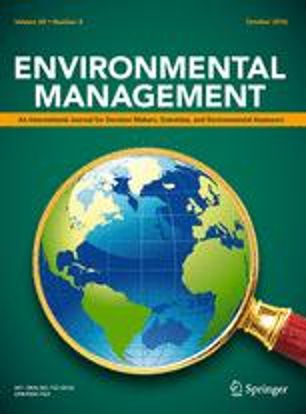Efforts to reduce emissions from deforestation and forest degradation and enhancing forest carbon stocks (REDD+) have evolved over the past decade. Early REDD+ programs and local/subnational projects used various interventions (i.e. enabling measures, disincentives and incentives), implemented by government, the commercial and non-commercial private sector, but are currently understudied vis-à-vis their effectiveness to address site-specific drivers of deforestation and forest degradation (DD). We assess how well REDD+ interventions addressed DD at five project sites in Peru (1), Brazil (1), Vietnam (1) and Indonesia (2). Our study design includes an integrated assessment of remotely sensed, spatially modelled, and locally reported drivers. First, we observe follow-up land use from high resolution imagery as proxy for direct deforestation drivers. Second, spatial Random Forest modelling of DD drivers allows for influence quantification of topographic, climatic and proximity variables at each site. Third, we report direct and indirect DD drivers from pre-intervention surveys and semi-structured interviews with five REDD+ implementers, 40 villages and 1200 households. Data gathered included perceived changes in forest cover and quality, and their causes. We found general agreement between observed, modelled and reported local DD drivers, yet some were inadequately addressed by interventions. Intra-site differences in drivers underscores the importance of analysing micro-level DD drivers. Our interdisciplinary approach reveals the complexities of local direct and indirect DD drivers, and the complementarity of remotely sensed, spatially modelled and locally reported methods for driver identification. A better understanding of the alignment between DD drivers and REDD+ interventions is vital for practitioners and policy makers to enhance the effectiveness, efficiency, equity and co-benefits of REDD+ at the local level.
Download:
DOI:
https://doi.org/10.1016/j.envsci.2020.08.002
Pontuação Altmetric:
Dimensões Contagem de citações:




















